Desktop NVIDIA GTX 980 Coming To Gaming Notebooks
by Brett Howse on September 22, 2015 9:00 AM EST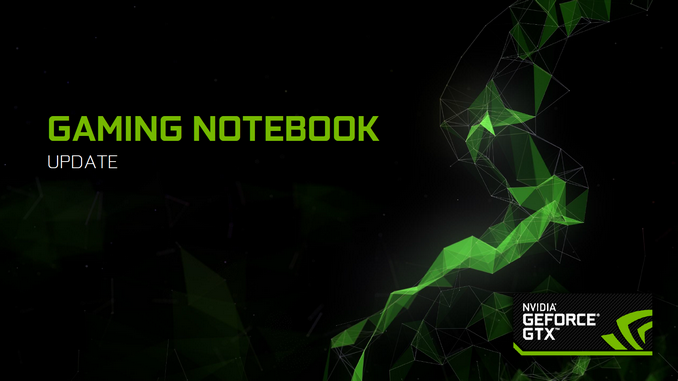
For as long as NVIDIA has been putting GPUs into notebooks, they would always have a separate lineup of GPUs which were designed for the thermally constrained environment of a notebook computer. But today’s announcement puts NVIDIA’s new strategy front and center, that the full desktop-class GTX 980 (with 2048 cores) will be made available in an MXM format for notebooks as well as integrated designs.
Maxwell was the first GPU from NVIDIA which they designated as being designed for the mobile and consumer markets first. Despite this focus on mobile performance and efficiency, NVIDIA has managed to optimize the 28nm process to focus on efficiency first and foremost but still with powerful designs, including the GTX 980 and GM204 and of course now featuring the GTX 980 Ti and Titan X models as well.
There has certainly been a paradigm shift in the GPU market lately. Yes, desktop class cards certainly have a much bigger power budget than anything in a notebook, but due to the 28nm process being the sole contender for four generations, GPU architectures have focused on silicon efficiency rather than relying on node shrinks to rein in the power budget. As a result, the maximum power requirement for the high end GPUs has come down quite significantly - this helps with thermals and noise levels as well. So let’s get to today’s news from NVIDIA. No longer are they satisfied with the performance levels available in notebooks, and they have worked with OEMs on a new initiative to shoehorn desktop class parts into the notebook lineup.
And they are not going forward with low end desktop parts either. The GTX 980M is already roughly 75% of the performance of the desktop GTX 980, so there is little point in starting with a lower end part. NVIDIA is going right for the top with the full desktop-class GTX 980 now available in certain notebooks first. The regular TDP numbers for a desktop version of the GTX 980 come in at 165W - the version going into these new notebooks we are told will come in under that, but there won't be any official number attached to it.
NVIDIA is leaving a lot of the design up to the OEMs so that they can create the experience they want. One of the keys for this launch though is a focus on overclocking which is something that has generally been lacking in the notebook space outside of a couple of niche products. This may be combined with Intel’s latest K series mobile parts too which also offer overclocking, and the enthusiast market just got a major kick in the backside.
NVIDIA did offer guidance and support for the OEMs as they were building their solutions, and we should have a pretty wide range of products offered. We will have to wait for OEMs to officially launch products to get a full list of what they have added, but NVIDIA is requiring four to eight phase power on the GTX 980 compared to just two to three phase on GTX 980M. The desktop-class part will have up to 50% higher peak current available under load.
When discussing the new initiative, NVIDIA was very quick to point that they are not binning chips to put in the notebook either, although the GPUs are put through extra verification to ensure that they meet higher requirements for performance and efficiency to ensure there will be enough headroom for use in a notebook, as well as some extra for overclocking. They assured us that they have had no issues with yields with the extra scrutiny, so volume should not be an issue. So the chips are pre-selected for the OEMs to use.
While this is in fact a full desktop GM204 GTX 980 with 2048 cores, being that it is in a notebook the voltages and frequencies will be reduced a bit, but final clock speeds will depend on the final designs from the notebook manufacturers. What will not be lacking though is the full memory speed, with up to 7 Gbps of bandwidth available from the GDDR5 memory, and 4 and 8 GB versions will be available.
It’s not just enough to fit a desktop part into a notebook though, especially if you are going after the overclocking enthusiast market. NVIDIA has also worked to include fan control into their tool set which should also let owners tweak the fan profile for various scenarios. This will all be accessible in notebook overclocking tools provided by the OEMs.
Virtual Reality is likely one of the most demanding compute tasks to come along in quite some time, and NVIDIA is announcing that the GTX 980 notebooks will be the first notebooks certified for driving VR. Not only is the resolution for VR higher than most gaming notebooks, but the refresh rate is bumped up as well. NVIDIA is showing a difference of 120 Megapixels per second for 1080p gaming versus 450 Megapixels per second for a VR headset.
Since NVIDIA doesn’t directly sell notebooks, we will have to wait for OEMs to announce pricing and shipping dates, but NVIDIA had six notebook designs to go along with the announcement from Aorus, Clevo, ASUS, and MSI. MSI should be first out of the gate with a new model of both the GT72 and the GT80 which will offer GTX 980 in SLI. ASUS is going to be using the GTX 980 in their new liquid cooled GX700VO that was announced at IFA. Aorus will offer the X7 G-SYNC, and Clevo will have both the P870DM and P775DM.
MSI GT72 G-SYNC
MSI GT80
ASUS GX700VO With Liquid Cooling Dock
AORUS X7 G-SYNC
Clevo P775DM
Clevo P870DM
Clearly this play is a niche within a niche, but the gaming notebook segment is still alive and well (and profitable) and there seems to be an audience who is just willing to pay for the best while still keeping it 'portable'. Packing a desktop GPU into a notebook which isn’t the size of a small car is a feat that would not have been possible just a generation or two ago - the only other alternative is some Thunderbolt implementation which still hasn't reached maturity. NVIDIA’s push to making Maxwell as efficient as possible has had a nice side effect for them. It is an interesting play and it will be interesting to see if these new designs can run as cool and quiet as the GTX 980M models already do.
Source: NVIDIA


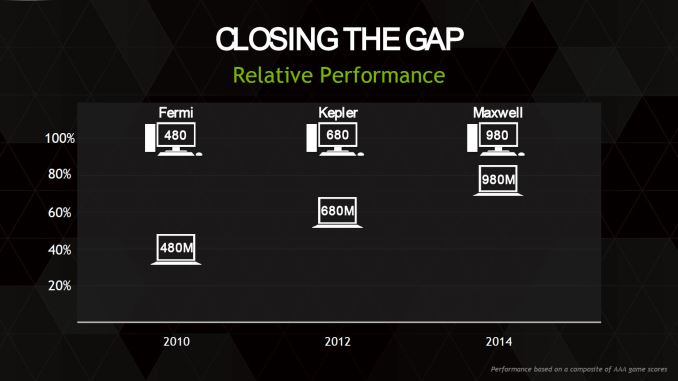

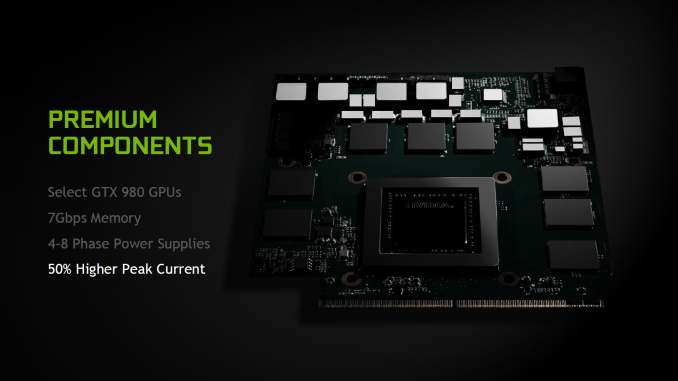
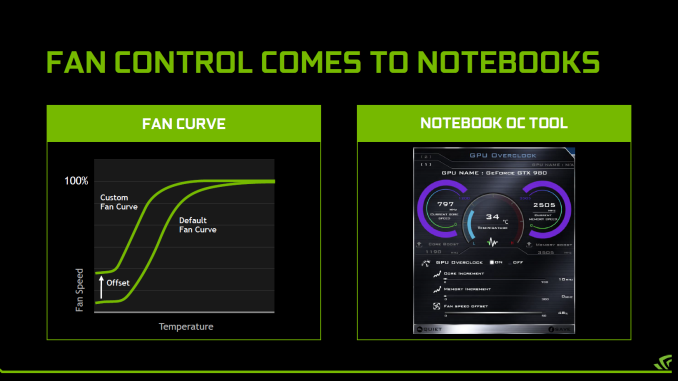

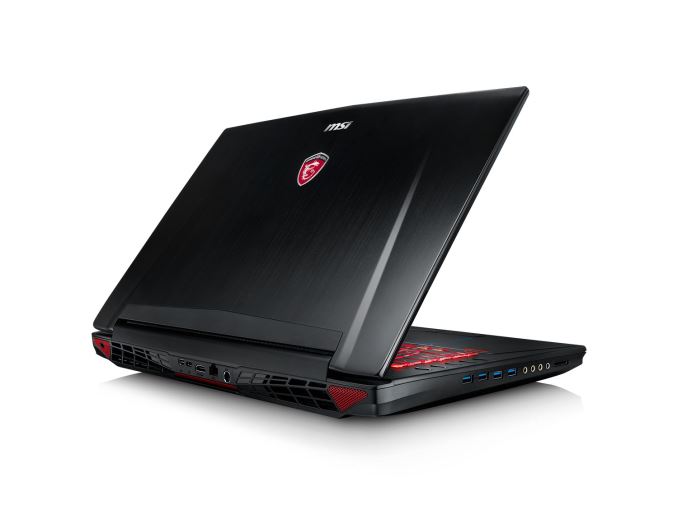
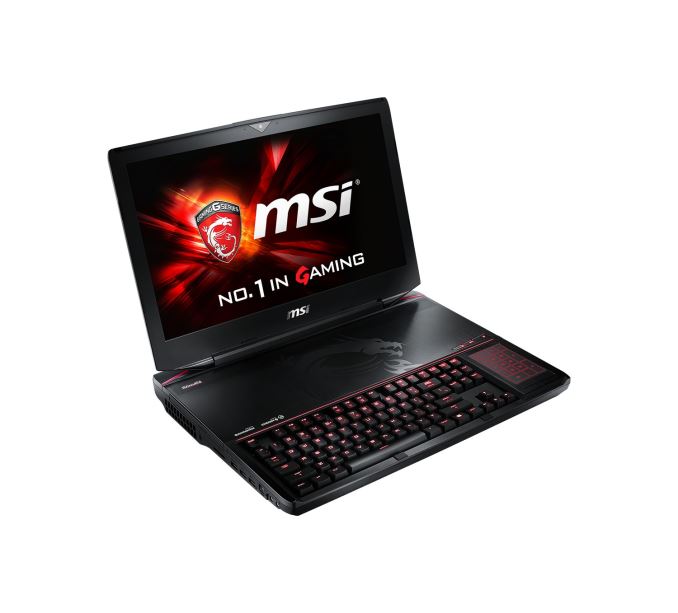

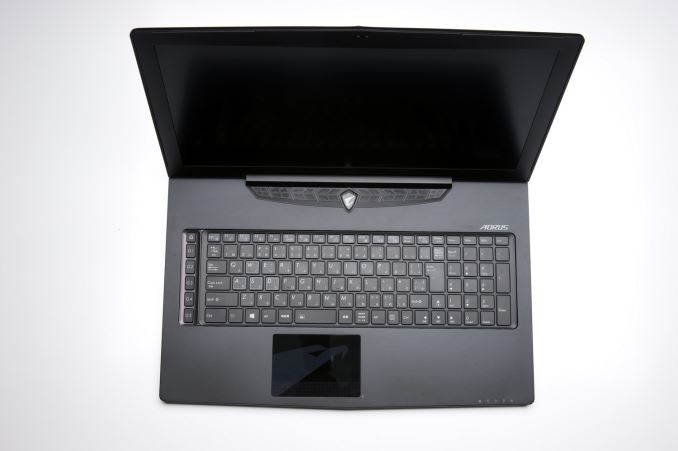
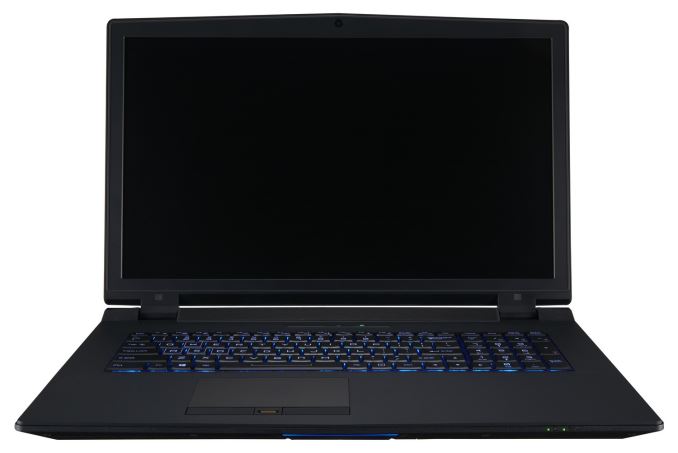
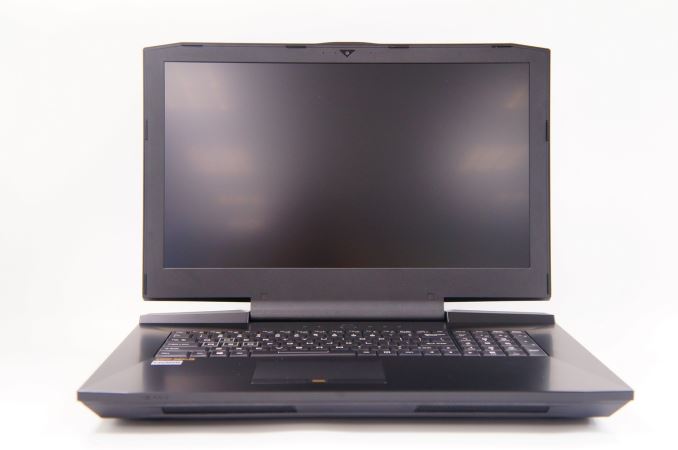








58 Comments
View All Comments
garadante - Tuesday, September 22, 2015 - link
I should have stated that more clearly. Barebones retailers rather than plain resellers. I don't want to pay the 20-40%+ markup on mediocre component quality from a fully built Clevo laptop from a reseller. rjtech is the only place I've found so far that sells Clevo barebones.Morawka - Tuesday, September 22, 2015 - link
rjtech makes the cost savings non-existant tho. by the time you add cpu gpu and ram, your already at $1500 without hard drives.. and that's picking the bottom of the barrel i7 quad core, and only a 970m.Add drives, os, and warranty your looking at $2300
garadante - Tuesday, September 22, 2015 - link
That's why I'm getting a desktop CPU laptop, nor am I buying any component from rjtech themselves except for the GPU (since MXM GPUs are difficult to find and expensive everywhere). I'm not afraid to tear open my laptop to install my GPU, TIM, M2 WiFi, M2 SSD, RAM, the works. And it means I can get $3000 in hardware for not much over $2000.digiguy - Tuesday, September 22, 2015 - link
This is creating a sort of split in the 17 inches segment: the high end gaming laptops with GTX980m (such as Alienware 17, Asus G752, Acer Predator 17) and the "extreme" one with GTX980. The MSI GT80 with its SLI setup (among other things) has always been (and will continue to be) in a class of its own.dragonsqrrl - Tuesday, September 22, 2015 - link
I wonder what the TDP range will be for this card. Seeing how the 980M was already ~100W, this must be well above that. So all we know for certain is that it's much higher than 100W, but below 165W. That's a lot of heat for even a thick desktop replacement to dissipate.nerd1 - Tuesday, September 22, 2015 - link
Clevo laptop already has 4790K with 980m (which is ~200W or more total) so a single mobile CPU with 980 is definitely coolable in 17 inch case, and should be better than 980m SLI for most applications.azazel1024 - Tuesday, September 22, 2015 - link
Sweet! Now I can get 20 minutes of battery life in gaming when not docked! Hello 1987!azazel1024 - Tuesday, September 22, 2015 - link
Before some one mentions, I do understand the point of the hardcore gaming laptops, but even if not in use as an easily portable desktop gaming machine in a laptop form factor, the fact that they make such huge compromises in the laptop department (as in don't use it as a laptop, even casual use. Place it on a desk. Preferably connected to mains power all the time), it still almost seems to me like you are better off with just a nice portable ITX or uATX case with a good handle. Manufacturers that work on a better flat folding monitor to go with.It is all about personal opinions and obviously there is some market for laptops like this, or Nvidia wouldn't be doing this, but I still can't help thinking the sweet spot if you are a gamer is in the 15-17" laptop range with something more like a x60m or x70m (as in 760m, 770m, 860m, 870m, etc.) class discrete graphics in there. You might actually get 90+ minutes of gaming on battery. The laptops typically are more like 5-6lbs machines you might actually want to carry further than from house to car and from car in to house. They won't incinerate your lap if placed directly on said meaty support system for more than 5 minutes at a time. They can be used for non-gaming and probably even get pretty respectable battery lives out of that (>6hrs).
nerd1 - Tuesday, September 22, 2015 - link
Gaming laptops with optimus (or manual switching) typically lasts 5-6hrs with IGPU.no-stress - Monday, September 28, 2015 - link
Why soo focused on battery life. Dont you think people own a powersupply?and as previous mentioned, its just so easy to carry a laptop around compared to a desktop - even a big heavy laptop